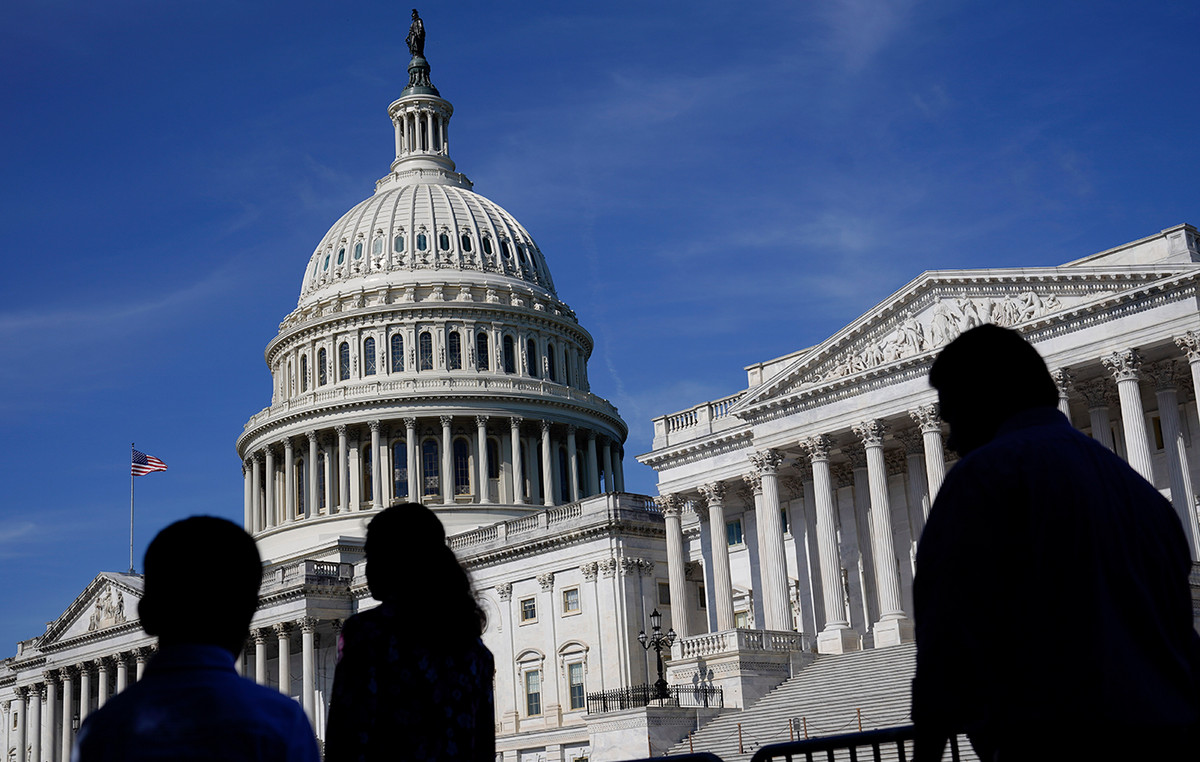The war in Ukraine has been marked by a recurring request from Volodomyr Zelensky (among others) to Western countries: send us weapons.
But, at this point, the countries of the West could be without weapons, in this case, without missiles to send to Ukraine. This is because, according to El Mundothe sector is unable to meet the demand for weapons and production does not meet the demands made by developed countries.
This is the case with Taiwan, which ordered and paid for 250 Stinger anti-aircraft missiles from the United States to defend itself in the event of a Chinese invasion, but will not receive them because the US is without missiles because of the war in Ukraine.
But in the USA there is not only a lack of Stinger, Javelin and NLAW missiles (portable anti-aircraft and anti-tank systems). The 40 M109 Paladin tanks that were due to be delivered to Taiwan in 2023 may not arrive until 2026, once again because of the war in Ukraine.
The United States House of Representatives approved, last Wednesday, a 40 billion dollar package for Ukraine, bolstering support for Kiev, announced by President Joe Biden. In that package, 23 million are for weapons alone, which is six times all the military aid Washington has sent to Kiev since the war began.
According to Democratic Senator Richard Blumenthal, the “United States has delivered approximately one-third of its Javelin to Ukraine,” even saying that “the closet is empty.”
The Pentagon, for its part, guarantees that the eight aid packages to Ukraine have not hampered the readiness of the US defense and that they will never fall “below the indispensable minimum level of the inventory”.
“We will always maintain the ability to defend this country and maintain our interests”, guarantees the Pentagon.
According to analyst Mark Cancian, from the Center for International and Strategic Studies, quoted by El Mundo, the US has between 20,000 and 25,000 Javelin, which means that between 7,000 and 8,000 missiles have been sent to Ukraine. THE
The problem is that the Lockheed Martin and Northrop companies, which manufacture these missiles, can only produce 6,480 missiles a year. In other words, a year is not enough to replace the missiles that the US sent to war.
The UK will have sent 6,200 NLAW missiles, almost half of its stock. The missiles are manufactured in the UK and the delivery time will be similar to the Javelin.
In the case of the Stingers, the US military stopped buying this type of missile 19 years ago and is now looking for a replacement.
The Raytheon company, in Tucson, in the Arizona desert, can only manufacture 250 a year and takes 24 months to deliver the weapon that takes titanium. The supply of this metal is reduced because the second largest exporter in the world is Russia and the fifth is Ukraine.
In summary, the traditional defense sector currently has few companies to respond to the increased demand for armaments by countries.
According to the Financial Times, in 1990, the US had 51 suppliers, and currently has only five. The number drops when the weapon in question is tactical missiles: of the 13 companies that produced them in 1990, today there are only three.
With the decrease in the number of companies producing, an increase in production is impossible and to recover the manufacturing of systems like the M109 as well. This is because the US converted Detroit’s motor industry to produce the World War II arsenal, but today the city lives on services and has virtually no factories.
The directors of the companies that supply the US arms — Lockheed Martin, Raytheon Technologies, Boeing, Northrop Grumman and General Dynamics — acknowledged in April that they will profit from the expense that the war forced the American defense to make, but the problems in the chain supply can hamper efforts to increase production.
The lack of weapons in the US also raises concerns in Europe, since, according to the FT, which cites experts in the sector, European companies produce a wide range of weapons, but do not have enough industrial capacity to reach the production number needed to fulfill orders.
Mark Cancian, from the Center for International and Strategic Studies, even says that Eastern European countries are more inclined to buy weapons from the US because they feel that “US companies are embedded in the military and that gives them another feeling”.
Source: CNN Brasil
I’m James Harper, a highly experienced and accomplished news writer for World Stock Market. I have been writing in the Politics section of the website for over five years, providing readers with up-to-date and insightful information about current events in politics. My work is widely read and respected by many industry professionals as well as laymen.







